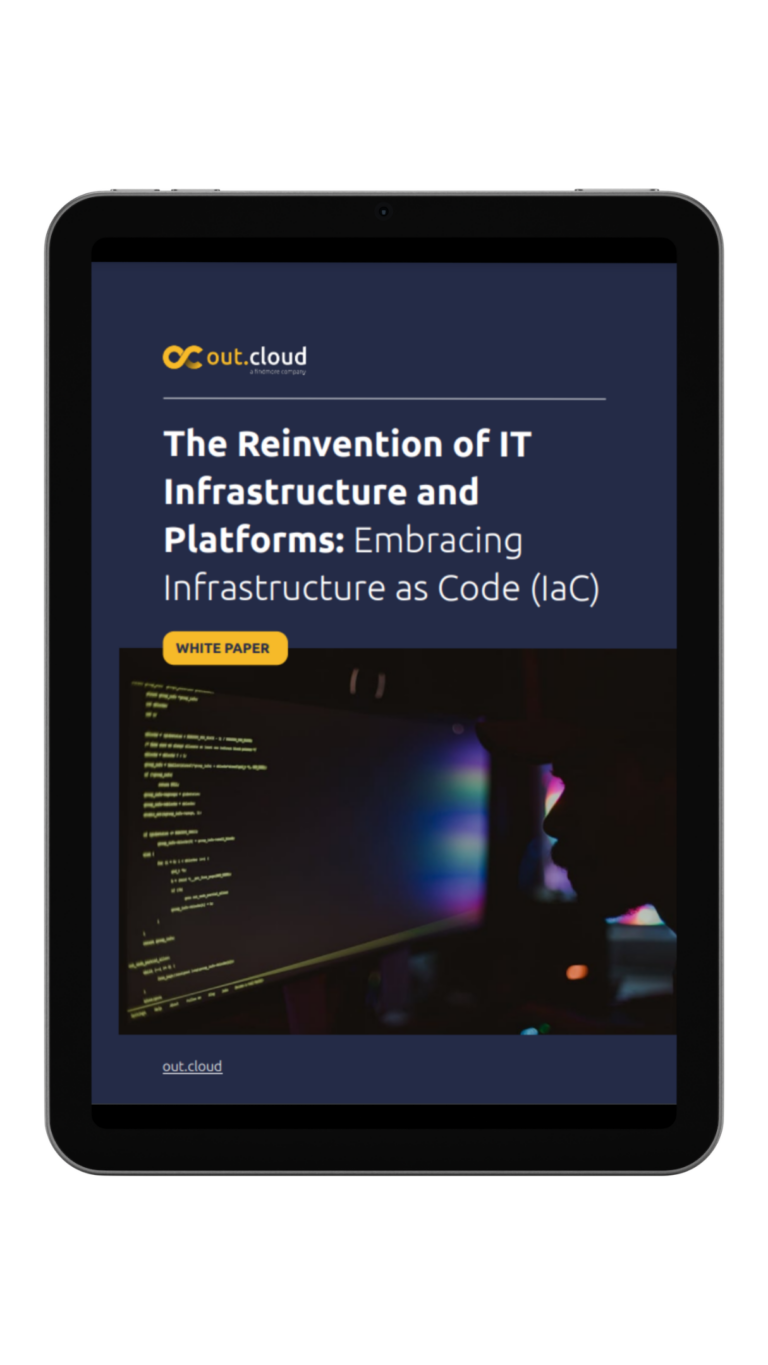DevOps culture is essential for companies looking to transform the way they develop, deliver and maintain their software solutions. By filling the gap between software development (Dev) and IT operations (Ops), companies can break traditional silos, significantly improve collaboration, accelerate innovation and increase overall operational efficiency.
The integration of DevOps practices is no longer a luxury—it’s a strategic necessity for companies aiming to stay ahead of the curve. The question is not if DevOps should be adopted, but how to successfully embed it within your organization to ensure long-term business transformation and growth.
This article explores the key elements of a successful DevOps culture and how they can be harnessed to drive measurable business outcomes.
What is a DevOps Culture?
DevOps Culture is a set of practices and values that bring together software development (Dev) and IT operations (Ops) to improve collaboration, streamline processes, and enhance productivity. It emphasizes communication, integration, and automation, aiming to deliver high-quality software faster and more reliably.
5 Core Values of a Successful DevOps Culture
For a DevOps culture to succeed, it must be built upon a set of core values that align with business objectives:
1. Collaboration
Collaboration is at the heart of DevOps. By fostering a culture where development, operations, and other stakeholders (like security teams) work together, organizations can create a more cohesive and agile environment. This cross-functional approach is fundamental for breaking down barriers and improving delivery times.
2. Automation
The key to scalability and efficiency, automation allows teams to streamline repetitive tasks, such as code testing, deployment, and infrastructure management. This not only reduces the likelihood of human error but also accelerates the time-to-market for new features and updates—critical for staying ahead of competitors.
3. Continuous Improvement
A successful DevOps culture requires a mindset focused on continuous learning and improvement.
Teams should regularly evaluate their processes and seek opportunities for optimization. Whether it’s through feedback loops or post-mortem analyses, continuous improvement is essential to staying agile and competitive.
4. Transparency
Open communication and clear visibility into workflows and progress enable teams to operate more efficiently.
Transparency ensures that all team members—across departments—have access to the information they need to make timely, informed decisions.
5. Customer-Centric Approach
Ultimately, DevOps aims to deliver real value to customers. By aligning goals and processes with customer needs, teams can better respond to market demands, improving both customer satisfaction and business outcomes.
A customer-centric focus ensures that the technology supports broader business goals.
Strategies for Fostering Collaboration and Alignment
One of the most important aspects of building a successful DevOps culture is fostering collaboration and alignment across teams. Here’s how you can achieve that:
Create Cross-Functional Teams
Encourage collaboration by forming teams that include developers, operations specialists, security experts, and quality assurance professionals. These diverse teams help bridge gaps in communication and provide holistic solutions to complex challenges.
Implement Regular Communication Cadences
Effective communication is key to ensuring alignment across teams.
Regular meetings, such as daily stand-ups or retrospectives, provide teams with opportunities to discuss progress, address roadblocks, and stay on track towards shared objectives.
Define Shared Goals and Metrics
Establish KPIs that reflect both development and operational priorities.
For example, reducing downtime or increasing deployment frequency should be metrics that both teams are jointly responsible for. This encourages a shared sense of ownership and accountability.
Use Pair Programming and Collaboration Tools
By encouraging pair programming and utilizing collaborative coding platforms, you enhance knowledge sharing and improve the quality of code.
Tools like Slack or Microsoft Teams also play a critical role in facilitating communication, especially for remote or distributed teams.
Establish Continuous Feedback Loops
Gather feedback at every stage of the development lifecycle—from planning and development to production and post-release.
This allows for continuous refinement of processes, ensuring that both teams are aligned with the broader business objectives.
Essential Tools to Support DevOps Transformation
No successful DevOps transformation is complete without the right set of tools. These tools enable your teams to automate processes, collaborate effectively, and maintain visibility across the pipeline. Key tools include:
- Version Control Systems (e.g., Git): These systems track code changes, enabling multiple teams to collaborate on code and manage infrastructure as code (IaC) efficiently.
- CI/CD Pipelines (e.g., Jenkins, GitLab CI): Automating the build, test, and deployment processes, these pipelines ensure that code is continuously integrated and deployed, reducing the time it takes to move from development to production.
- Containerization and Orchestration (e.g., Docker, Kubernetes): Standardizing environments with containers allows for seamless movement of applications across different platforms. Kubernetes provides orchestration, making it easier to manage large-scale deployments.
- Monitoring and Logging Tools (e.g., Prometheus, ELK Stack): Monitoring the performance of your applications and infrastructure is crucial for identifying potential issues before they impact customers. By logging events and tracking performance metrics, teams can maintain high levels of availability and performance.
- Collaboration and Communication Tools (e.g., Slack, Microsoft Teams): These tools enhance communication between distributed teams, ensuring that everyone stays on the same page, even in remote-first environments.
Measuring the Success of Your DevOps Culture
To ensure your DevOps culture is driving real business transformation, it’s critical to track the right metrics. These KPIs offer insights into how well your DevOps processes are performing and where improvements can be made:
- Deployment Frequency: Higher deployment frequency typically indicates that teams are able to deliver new features and updates to customers more rapidly. More frequent releases also reduce the risk associated with large deployments.
- Lead Time for Changes: Measuring the time it takes for a change in code to go from commit to production helps assess the efficiency of your delivery pipeline. A shorter lead time reflects greater agility and responsiveness to business needs.
- Change Failure Rate: Track how often new code deployments result in production failures. By aiming to reduce this rate, you can increase the reliability and quality of software releases.
- Mean Time to Recovery (MTTR): When failures occur, how quickly can your teams resolve the issue and restore normal service? A lower MTTR is indicative of a mature DevOps culture with strong incident management practices.
- Employee Satisfaction and Engagement: The success of a DevOps culture is also reflected in employee morale. Regular surveys can help gauge how engaged your teams are, and high satisfaction often correlates with higher productivity and lower turnover.
Ready to Transform Your Business with DevOps?
Implementing a successful DevOps culture can revolutionize your organization, driving efficiency, collaboration, and innovation.
At Out.Cloud, we have the expertise and experience to help you on this journey, with over 200+ successful projects and a dedicated team of 50+ cloud and DevOps experts.
Contact us today to discuss how we can partner with you to build a DevOps culture that transforms your business for the future.





